These solder joints on the connector look strange to me (tarnished purple).

In a more "advanced" state, they end up looking like this:


In the last image you can see, it even "ate" the plating on the mating surface of the connector, while two of the pins are still looking normal.
What is going on here?
Bad process? Wrong solder / mix of materials? Mishandling while in storage (the board is intended to be used in an normal everyday environment, thus I would assume, it should not happen due to normal surrounding parameters)?
Edit: the boards were bought from a company as a product, so no soldering on my side involved (so far).
Edit: new images:

 Would the last one looks like rust(?) while the other one looks purple-ish.
Would the last one looks like rust(?) while the other one looks purple-ish.